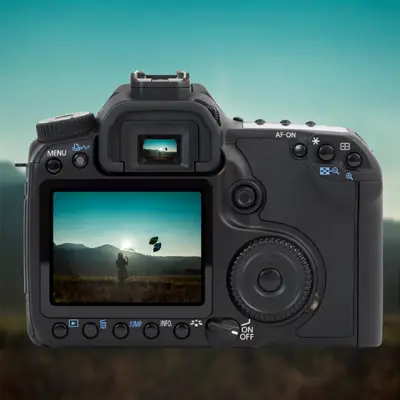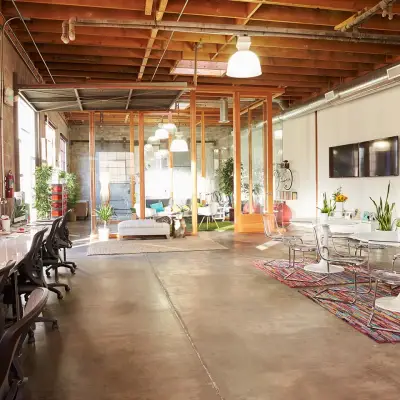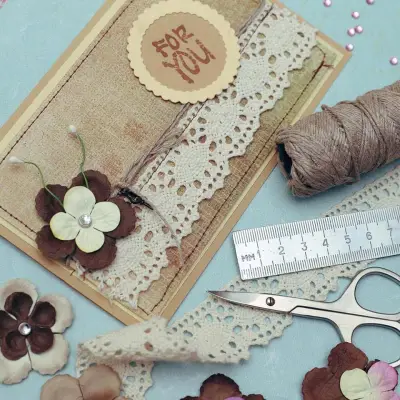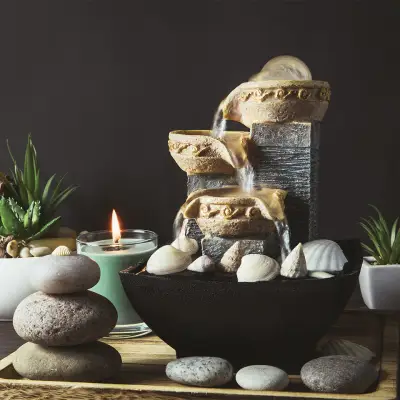If you’re reading this, it’s safe to assume that you’re curious about learning to play the piano. From understanding the structure of the piano, to practical tips about selecting the right model for you, there’s a lot to learn! In this blog, we’ll answer the top 12 questions for beginners who want to learn this timeless musical instrument.
Jump to:
- What are the main types of piano?
- How many keys are there on a standard piano?
- What’s the difference between a piano and a keyboard?
- How does an acoustic piano produce sound?
- What do the pedals on a piano do?
- How often should I tune my piano?
- How should I care for and maintain my piano?
- How do I choose the right piano for me?
- What is the best way to learn the piano?
- Can I start learning the piano as an adult?
- How long does it take to learn the piano?
- What are performance grades in piano?
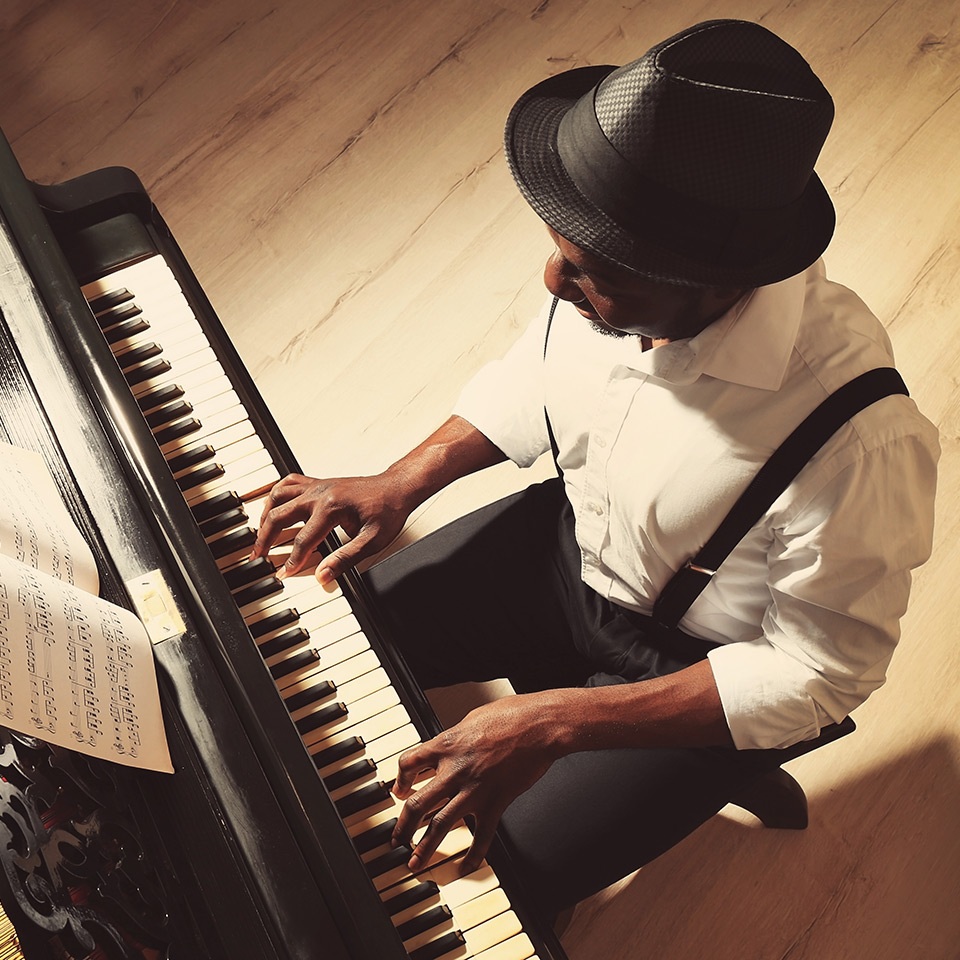
1. What are the main types of piano?
There are actually 3 types of piano - the upright, the grand, and the digital. Upright pianos are sometimes called vertical pianos. They’re more compact and space efficient than grand pianos, and are quite a common choice for homes and schools. On the other hand, the grand piano has a more horizontal design, but it does come in various sizes ranging from baby grands to concert grand pianos with longer strings. They have more of a dynamic range, which is why they’re the most popular choice for professional musicians. Digital pianos don’t produce sound in the same way as acoustic pianos, but instead digitally replicate their sound and feel.
2. How many keys are there on a standard piano?
A standard piano typically has 88 keys. These cover a range of seven octaves, plus minor third, spanning from the lowest note (A0) to the highest (C8).
Recommended for you!
Best Sellers3. What’s the difference between a piano and a keyboard?
Apart from the size, functionality, and the way they produce sound… what’s the difference?! As mentioned, a piano typically has 88 keys with a weighted action, producing that traditional deep piano tone, whereas a keyboard is more compact and portable and has between 61 to 76 keys. They can have semi-weighted or non-weighted keys that are more lightweight and “easier” to press. Additionally, digital pianos aim to replicate the sound and feel of acoustic pianos, whereas keyboards usually come with a variety of preset sounds and synthesisers.
4. How does an acoustic piano produce sound?
The way pianos produce sound is fascinating. An acoustic piano produces sound by using many different mechanical components. When a pianist presses a key, it triggers a very complex system of springs and levers known as the “key action”. This action lifts a wooden hammer, which then strikes a set of strings that are stretched across the piano’s soundboard. The strings have varying thicknesses and lengths, which determine the pitch of the notes.
As the strings vibrate from the strike of the hammer, they transfer their vibrations to the soundboard, which is a large wooden resonator underneath. The soundboard amplifies these vibrations, which gives the piano the familiar warmth and depth we associate with it. The dampers - which are those felt-covered blocks resting against the strings - control the duration of the sound. For example, when a piano key is pressed the corresponding damper lifts, which allows the string to freely vibrate, producing the sound.
5. What do the pedals on a piano do?
We wouldn’t have that expressive and resonating piano sound without the pedals, which is why they’re just as important as the piano keys. Modern acoustic pianos usually have 3 pedals, while some older models may have just two. The three common types are the sustain pedal, the soft pedal, and the sostenuto pedal. The sustain pedal is normally operated by the right foot and sustains all of the played notes by lifting the dampers from the strings, allowing them to vibrate. With the left foot, you would use the soft pedal. This pedal is responsible for altering the tone by shifting the hammer’s contact point, letting it create a softer and more muted tone. The third pedal, the sostenuto, is usually found on grand pianos and sustains only the notes that are being held down at the moment the pedal is pressed. This is called selective sustain.
6. How often should I tune my piano?
How often you need to tune your piano usually depends on the age of the instrument and how often it’s played. However, it’s generally recommended to tune a piano at least once or twice a year. If you’re a frequent piano player or your piano is located somewhere that has a higher than average temperature, then tuning it every three to six months may be needed. If you tune your piano regularly, you’ll increase its lifespan and maintain the overall sound quality for a longer period of time.
7. How should I care for and maintain my piano?
Aside from tuning, there are other ways you should be caring for your piano. First and foremost, position your piano away from direct sunlight, any draughts, and extreme temperature fluctuations. If you can, also controlling the humidity levels in the room can protect the soundboard and prevent wood damage. In terms of regular maintenance, it’s good practice to dust the piano every now and then with a soft, damp cloth (avoid using harsh chemicals). Additionally, after you’ve finished playing the piano, make a habit of closing the lid and keeping it closed when it's not in use to minimise the accumulation of dust. If you want to conduct a thorough “service” you can contact a piano technician who can inspect all of the internal components and address any potential issues.
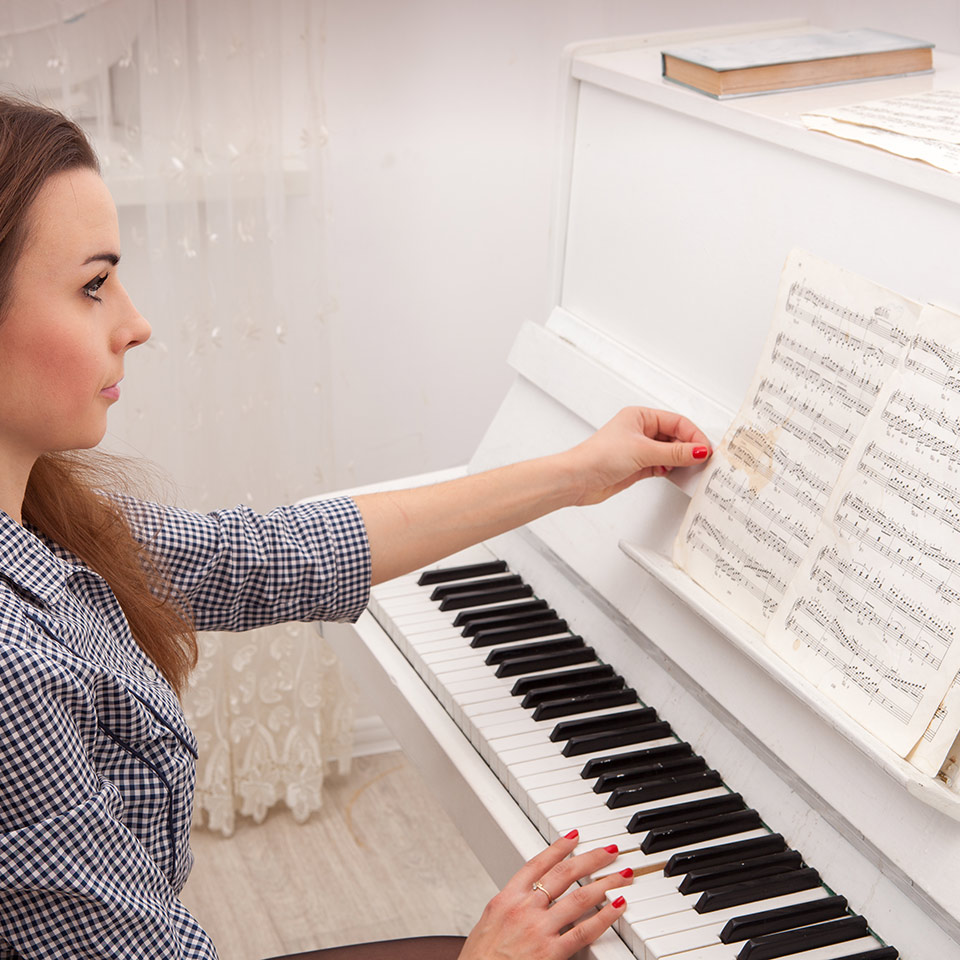
8. How do I choose the right piano for me?
It’s not an easy choice, because it really depends on how much space you have to accommodate the piano, your general preference, and your budget. It’s good to start with what you want to achieve with a piano. For example, acoustic pianos offer a more traditional sound and touch, while digital pianos offer more versatility and convenience. Next, consider the available space that you have in your home, as grand pianos are larger and require a lot more space than upright or digital pianos.
9. What is the best way to learn the piano?
There’s no textbook method to learning the piano, and the best way to learn will be based on your preferred learning style and your goal for learning. For example, some people learn better with traditional piano lessons from a qualified teacher in person. Having structured lessons like this can be quite effective, and you receive immediate feedback. The guidance given by your piano teacher is also personalised to you and your skill level. Alternatively, you might consider self-teaching. YouTube tutorials, online courses, and apps are just as effective if self-tuition is your preferred learning style and you’re looking to save some money - traditional in-person piano lessons can range from £20 to £40 per hour.
10. Can I start learning the piano as an adult?
It’s never too late to start learning the piano! Although there are advantages to starting at a much younger age (due to children having sponge-like brains!), adults have the concentration, discipline and, most importantly, the appreciation for the instrument and the learning process. If you’re considering learning the piano and aren’t too sure where to start, we’d recommend checking out our Piano for Beginners course (for just £29) before committing to in person lessons. It covers the basics, piano sheet music reading, and introduces chords, scales, and more. Completing this course will make your transition to in-person lessons with a piano teacher a lot smoother and more cost-effective.
11. How long does it take to learn the piano?
The time it takes to learn the piano varies. If you’re a complete beginner, reaching a basic level of proficiency and playing simple tunes could take a good few months of consistent practice. The more advanced you get, the more time it’ll take; playing intermediate level pieces could require several years of practice. For example, it can take between 4 and 5 years to reach grade 8 (the highest piano performance grade). If you are dedicated enough and are willing to put in continuous effort and practice, you’ll be able to speed up your progress and reach the proficiency levels you desire.
12. What are performance grades in piano?
Performance grades in piano refer to a standardised system that’s used to assess skill level. They typically range from Grade 1 to 8, with Grade 8 being a very advanced level. As a pianist, if you’re working towards achieving each grade you’d complete a face-to-face music examination, which might involve playing a set piece, playing a selection of scales and broken chords, and sight-reading (which is playing a piece of music that you have never seen before). With each grade, the format of the exam usually remains the same.
To kickstart your journey to learning the piano, we highly recommend exploring our Piano for Beginners diploma course, for just £29 (save £118!). It provides a solid foundation and is designed for those that wish to take their first steps in learning to play the piano. It can also help lapsed pianists to get back up to speed with their playing. Invest in your musical education today and enjoy the process!

